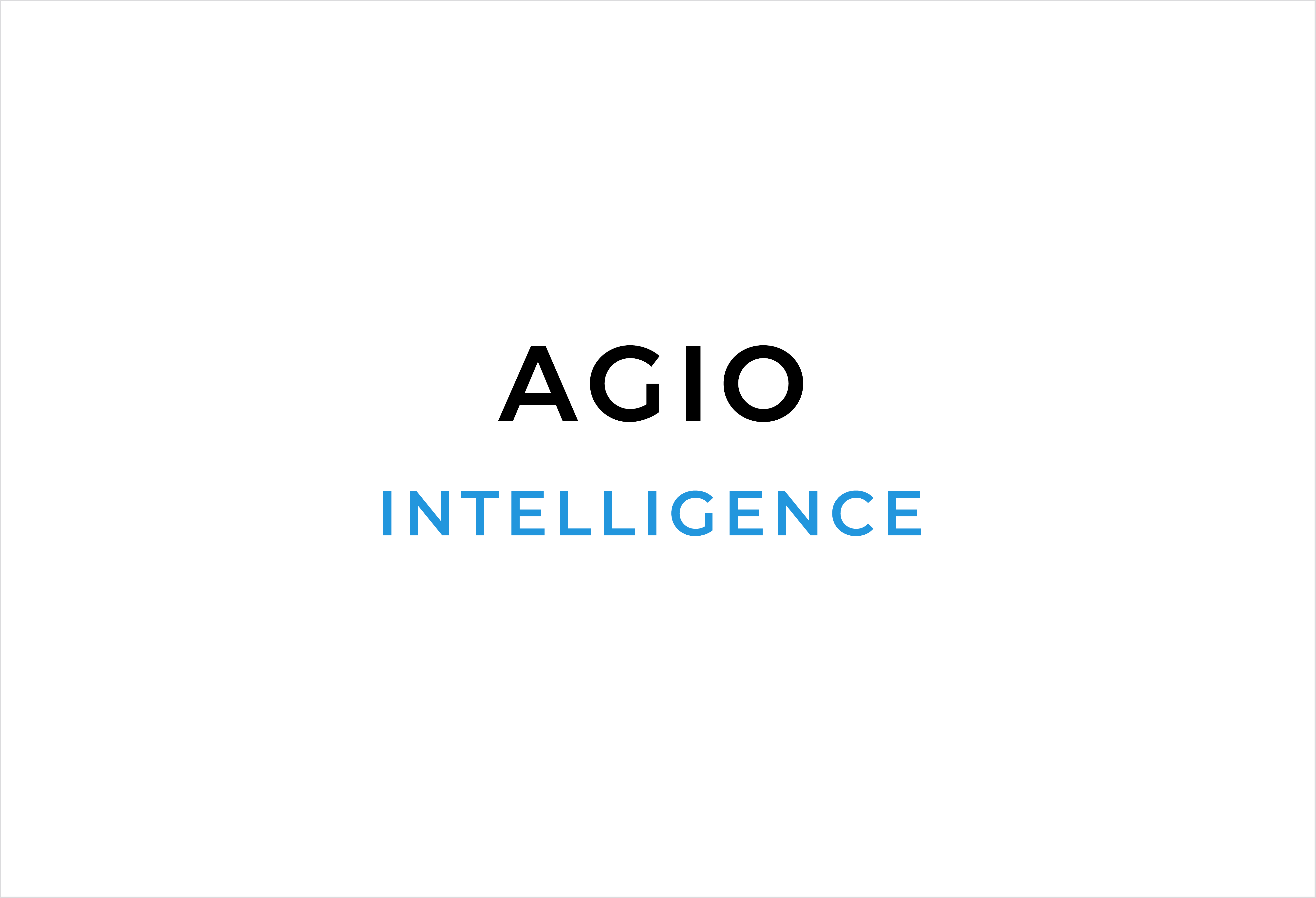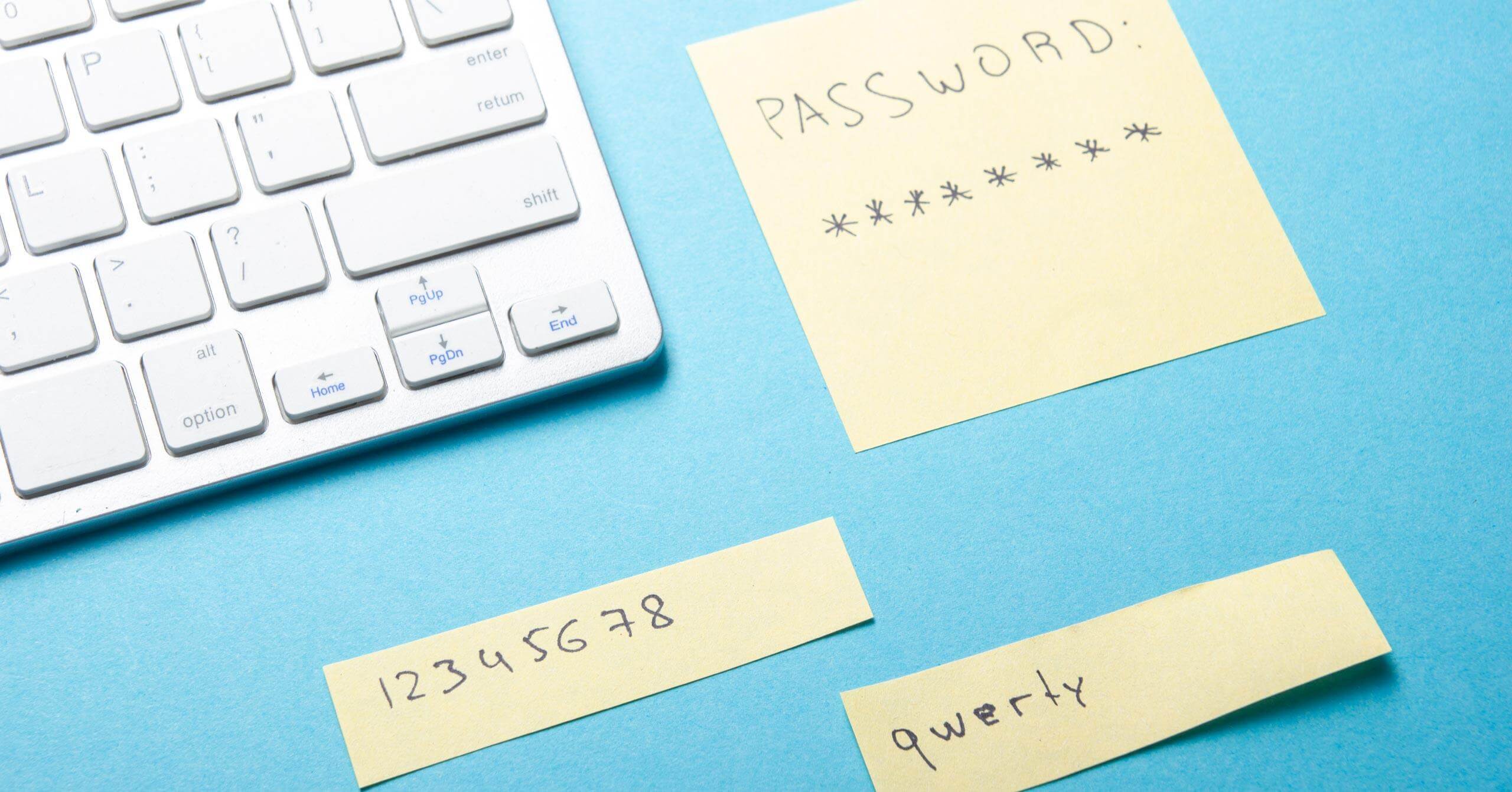Understanding the Potential Dangers of the .zip TLD
The landscape of the internet is continually evolving, bringing along fresh opportunities and challenges in its wake. One recent change has been the introduction of the .zip top-level domain (TLD). As cybersecurity professionals at an MSSP (Managed Security Services Provider), we’ve seen the implications of this firsthand and want to provide some insights into the potential risks associated with this new TLD.
Understanding Top-Level Domains
Before delving into the specific issues related to the .zip TLD, it’s crucial to understand the context. A top-level domain is the last segment of a domain name, typically found after the final dot. Some common examples include .com, .org, .net, etc.
But not all TLDs are created equal. Some, like .gov or .edu, are restricted to specific institutions, while others, like .com or .net, are open to all. Over the years, we’ve seen an expansion in the list of TLDs, with additions like .xyz, .io, .ai, and the recent .zip.
The Cybersecurity Issues Related to .zip TLD
On the surface, the .zip TLD seems like a logical extension of the domain naming system. However, the problem lies in its association with a commonly used file format. .zip is universally recognized as a compressed file format, and its usage as a TLD could lead to confusion and potential misuse. Here are some of the potential cybersecurity issues associated with the .zip TLD:
- Phishing attacks: The .zip TLD could be used to trick users into believing they’re downloading a legitimate .zip file when, in fact, they’re being redirected to a malicious site. This tactic could significantly increase the success rate of phishing attacks.
- Malware distribution: Attackers could potentially use the .zip TLD to host and distribute malware. Given the association of .zip with downloadable files, users might be more inclined to download files from these domains, inadvertently infecting their systems.
- Confusion and misdirection: The .zip TLD could be used to create confusion, making it easier for cybercriminals to misdirect users and mask their activities.
Lessons From Other TLDs
The cybersecurity issues related to .zip TLD aren’t unprecedented. Several other TLDs have been consistently associated with suspicious behavior. For instance, a 2020 study by Interisle Consulting Group found that .top, .men, .loan, .gdn, and .work were among the most abused TLDs, often linked to spamming, phishing, and other malicious activities.
Similarly, Spamhaus’s “The 10 Most Abused Top-Level Domains” list frequently includes the likes of .buzz, .link, and .click, all of which are associated with high levels of spamming and scamming activity.
Mitigating the Risks
As an MSSP, Agio recommends the following precautions to mitigate the risks associated with the .zip TLD:
- Awareness and training: Educate your team about the potential risks associated with the .zip TLD. Ensure they understand the difference between a .zip file and a .zip TLD.
- Enhanced security measures: Implement robust security measures, including updated firewalls, anti-malware software, and spam filters. These should be capable of detecting and blocking suspicious TLDs.
- Strict download policies: Implement and enforce strict download policies. Users should only download files from trusted sources.
- Regular monitoring and reporting: Regularly monitor network activity and encourage users to report any suspicious emails or websites.
While the advent of the .zip TLD might seem like a minor change in the grand scheme of the internet, it does pose significant cybersecurity threats that cannot be ignored. As with most changes, adaptation and awareness are key to ensuring safety. However, the .zip TLD isn’t alone in its potential for misuse. It’s important to remember that any TLD can be exploited by cybercriminals. Recent TLDs like .sucks, .country, and .study have also been utilized for spamming, scamming, and phishing attacks.
As the list of TLDs continues to grow, it’s clear that we must stay vigilant and proactive. The Internet Corporation for Assigned Names and Numbers (ICANN), the body responsible for introducing new TLDs, must work together with cybersecurity professionals to assess the potential threats that can arise with each new TLD.
The responsibility also lies with individuals and organizations to ensure proper cybersecurity measures are in place and adhered to. It’s vital to invest in advanced threat protection and detection solutions, engage with experienced MSSPs like Agio, and conduct regular employee training.
We’ve got you covered
Addressing the human element, a known weak link in cybersecurity, is essential, especially when it comes to email phishing, a key source of security breaches. That’s where Agio’s Phishing Protection comes in.
Using AI and machine learning, our solution offers a comprehensive shield against evolving threats, including those associated with the new .zip TLD. Partnered with Inky’s Phish Fence technology, we’re equipped to detect even the most sophisticated phishing attempts that other filters might miss.
The implementation is easy and non-intrusive, integrating smoothly with all devices. Post-deployment, a two-week AI learning period helps to minimize “security alert fatigue” among your end users by only flagging truly suspicious and malicious emails.
Agio Phishing Protection offers:
- Advanced spam and anti-malware protection
- Comprehensive scanning of all incoming mail
- Automatic quarantine of malicious mail, with clear warnings for questionable emails
- A user-friendly “Report Phish” feature for forwarding suspicious messages to our support team
In essence, we’ve got you covered. As the internet landscape evolves, and as new TLDs like .zip emerge, we’re here to provide robust protection and ensure your digital safety.
In light of these evolving risks, we want to reassure you, our clients, that we are closely monitoring the situation surrounding the .zip TLD. If necessary, we are prepared to take proactive measures, such as blocking this domain, to ensure your security. As your trusted MSSP, we’ve got you covered.
The security landscape is as dynamic as the technology it aims to protect. New vulnerabilities will always emerge as technology evolves. By staying informed, being proactive, and partnering with the right security professionals, we can navigate these challenges successfully.
Remember, cybersecurity is not a one-time solution, but a continual process of adaptation and learning. In the face of new TLDs like .zip and others to come, we must maintain our diligence to ensure a secure and trustworthy internet environment.
At Agio, we’re committed to helping our clients understand and navigate these evolving risks. If you have any questions or concerns about the .zip TLD or any other aspect of your cybersecurity strategy, don’t hesitate to get in touch with us. We’re here to help you stay secure in this ever-evolving digital landscape.
Share post
Featured Posts
Connect with us.
Need a solution? Want to partner with us? Please complete the fields below to connect with a member of our team.




